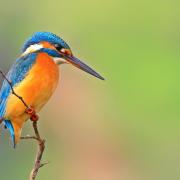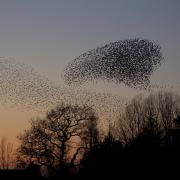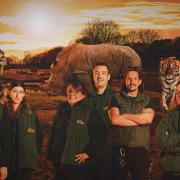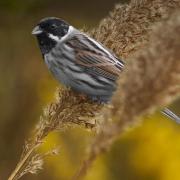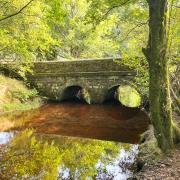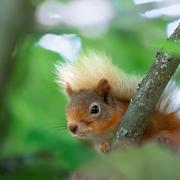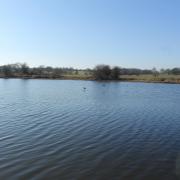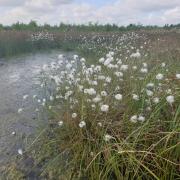There has been some amazing work cataloguing wildlife in our region thanks to The Biodiverse Society. The Lancashire Wildlife Trust’s Alan Wright looks at its legacy

For three years, staff at The Lancashire Wildlife Trust have looked on in envy at a group of hardy souls who have been out in all weathers to record plants and animals on some of the region’s wonderful local wildlife sites.
This jolly gang set off almost every day to some new beauty spot and came back with stories of flora and fauna many of us have never seen.
Sounding a bit like a 1960s hippy band, this is The Biodiverse Society. The project, funded by the Heritage Lottery, worked in tandem with Merseyside BioBank and LERN (Lancashire Environmental Record Network) to enhance and update information on 210 wildlife sites throughout Lancashire.
While there was a light-touch policing side providing advice to landowners and managers to ensure the sites were protected for the future, the main aim was to collect an accurate and up-to-date bank of records for everyone to use.
If you were a student writing a thesis on dragonflies, there is a database of these insects of all shapes and sizes – darters are quite slim, while the broad-bodied chaser is exactly what it says on the tin.
Alternatively, if you are having a day out and want to know where to see red squirrels, otters or the rare white-letter hairstreak butterfly, the record centres are a great place to start. This doesn’t necessarily mean you will definitely see what you are looking for though.
So this is a great legacy for the people of the region and our visitors. It is also a hugely useful tool in providing vital information to monitor the health of a species population and how it is coping in different areas.
Many recording groups have tended to stick to their own specialist area – birders record birds, the badger group looks after badgers and for the bat groups, well, it’s bats. To have the Biodiverse Society was vitally important and drew attention to the local recording groups that already do most of this kind of work week-in, week-out.
The society never lost sight of the work of these groups and made sure they worked with them, telling people they existed and encouraging new members.

In fact, another legacy was provided by 12 year-long traineeships. Each of those trainees now has had on-the-job training and can take that expertise into a future career. Project Officer Julia Simons said: ‘The ecological recording community were provided with a legacy in the form of 12 new enthused and informed naturalists.
‘It was important that these traineeships be open to all, not just recent graduates or those in the 16-25 category. As a result of this we were able to recruit three individuals who were keen to make a career change that didn’t not fall into either the graduate or 16-25 category.’
A training budget also enabled continuous learning throughout the year, with trainees attending courses in botany and great crested newt surveying.
Some courses were attended for personal development such as assertiveness training, while others furthered their career prospects gaining licences in pesticides, brushcutter and chainsaw. Each gained an Outdoor First Aid certificate.
‘The success can be seen in the ten trainees that secured further employment or voluntary field work within three months of completing traineeship, taking up various positions with Natural England, Lancashire Wildlife Trust, ecology firms and outdoor education companies,’ added Julie.
The information is stored along with millions of other records on our regional databases, these can be accessed on at www.lancswt.org.uk or by going to the web pages of LERN or Merseyside Biobank.
The biggest shame was that the project had to come to an end, as funding finished. Let’s hope that its legacy will mean that someone is keeping an eye on our wildlife in the future. And, maybe another funder may see the benefit of the Biodiverse Society and keep this fantastic project going.
My nature moment

By Joanne Brierley-Moore, The Biodiverse Society project manager
‘There’s nothing better than starting the day on these cold, crisp mornings with an early jog around Cuerden Valley Park. Not only is it great for my wellbeing, but I never really know what wildlife encounters I may come across.
‘After the occasional hello to early morning walkers and fellow joggers I hear the occasional hum of the motorway, but am in tune with nature, hearing great tits, blue tits, blackbirds and robins. The particular route I jog is within a valley so I prepare myself for the upward route determined I will get to the top without stopping, but as I’m about half way up I see something moving in the field to my right.
‘On focusing I see not one, but three roe deer looking for an exit route out of the field, they don’t seem to fancy the jump over the fence and as they turn to find another exit our eyes meet – they’re so close to me that at this point I stop jogging. Our encounter is over too quickly and the three of them head off, and I’m beaming as I jog the final part of the route. It’s these moments with nature that really do make me smile.’












